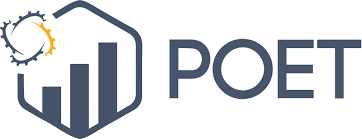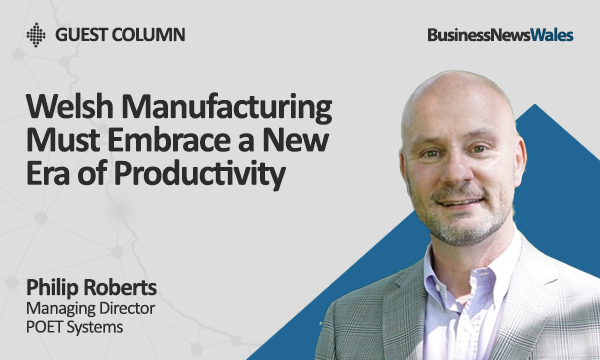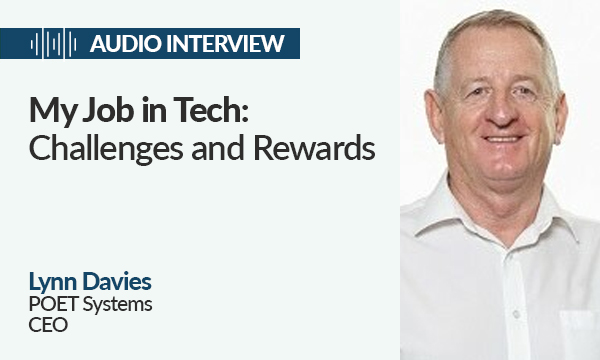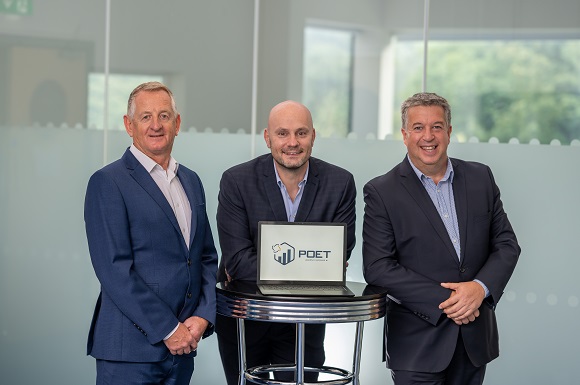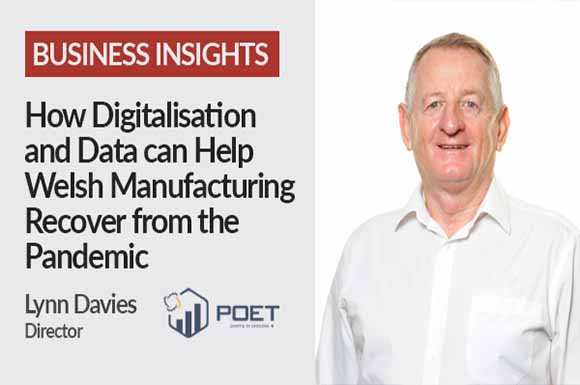
Manufacturing has always been about problem-solving. Every production line, every shift, every process is a chance to make something work just a little better. But as technology has advanced, something subtle has changed on many factory floors. The data that was meant to empower engineers has, in some cases, distanced them from the very people and processes that data was meant to improve.
It’s not that technology has gone wrong – far from it. We’ve seen extraordinary progress. Cloud-based systems, live performance dashboards and predictive maintenance tools have transformed how manufacturers operate. But we’ve also created a new challenge: engineers spending more time behind desks, analysing data, and less time out on the shop floor, solving problems together.
The purpose of digital transformation was never to replace human engagement. It was to enhance it. The real opportunity now is to use data not just to track performance, but to connect people – to make information visible, simple and usable for everyone, from operators to senior leaders.
That belief is what underpins my work at POET Systems. We built our platform to make data accessible at every level, because performance only improves when people can see what’s happening and feel part of the solution. When technology gives everyone the same clear picture, from a production operator to a CEO, it breaks down silos and sparks conversations that wouldn’t otherwise happen.
At its best, manufacturing is a team sport. You see it most clearly when things go wrong, when a customer line stops or an external audit looms. In those moments, everyone pulls together. The sense of focus, communication and teamwork is electric. If we could bottle that cohesion and make it part of everyday operations, businesses would be more productive, innovative and resilient than ever.
The challenge is how to sustain that spirit without waiting for a crisis to create it. That’s where technology can help, if we use it the right way – to bring people together around a shared sense of purpose, not to separate them into functions or feed endless reports. Data should be a catalyst for collaboration, not a substitute for it.
Over the last five years, we’ve seen a real shift in that direction. Cloud-based platforms and mobile tools are allowing engineers to step back onto the factory floor – the “gemba”, as lean practitioners call it – with live insights in their hands. When people can see the data where the work happens, decisions get made faster, problems are solved sooner, and teams become more connected.
The size of the prize for Welsh manufacturing is enormous. If we can combine the best of technology and data with the fundamentals of teamwork and communication, we can close the productivity gap that continues to hold us back. It’s not about choosing between people or technology; it’s about making sure the two work in harmony.
At its core, productivity is about alignment – getting people, processes and technology working towards the same outcome. The tools we now have at our disposal are extraordinary. But the real advantage lies in how we use them to empower people, not replace them.
Philip Roberts talks about this and more in the Productivity Reimagined podcast. Listen here.


